Trading and "iron": What are stock exchange data centers

The stock market is a high-tech industry. In our blog, we already wrote about financial data transfer protocols , insider trading detection algorithms , financial software development, and how to speed up transactions. All this variety of technologies and tools is built around the server core of the exchanges themselves - many HFT-traders use colocation services and place servers with their trading applications as close as possible to the stock trading engine.
Today we will talk about the data centers of various sites and show how they look.
')
NYSE Euronext
Data Center Exchange NYSE Euronext is located in the city of Mahva, New Jersey. The area of the halls for the collocation of the server of traders is about 18 thousand square meters - the area of the building itself is more than 120 thousand square meters. meters Data Center Knowledge has published some photos of this data center.
The object management center - it combines the interfaces of building management systems (BMS) and data center infrastructure management (DCIM). It is here that specialists sit who control the temperature and humidity modes, the condition of power supplies and other elements in each server room.
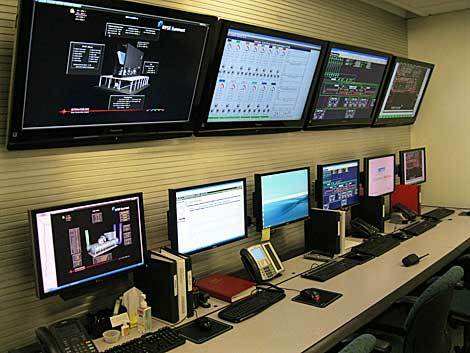
And here is what the “hot corridor” looks like, into which the air emitted by the servers enters:
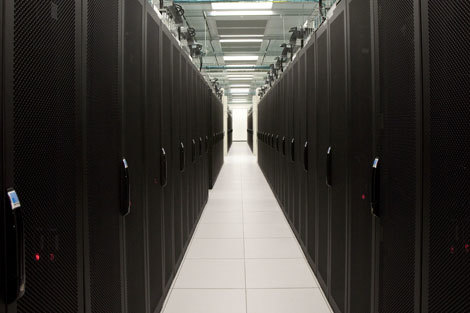
The long main corridor of the data center allows you to experience the enormous scale of the object.
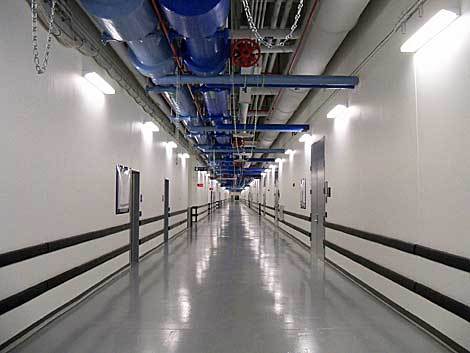
Equinix Financial Hub
Equinix is one of the largest global players in the data center and colocation market. One of its objects is the building of the former factory for the production of glasses in Secaucus state of New York area of more than 100,000 square meters, converted into a modern data center. Its services are used by such exchanges as NASDAQ, BATS, CBOE, and this is how it looks.
Lattices are located on both sides of the long main corridor of the data center; These grids and racks are connected by a cable that runs along the yellow suspension cable channels.
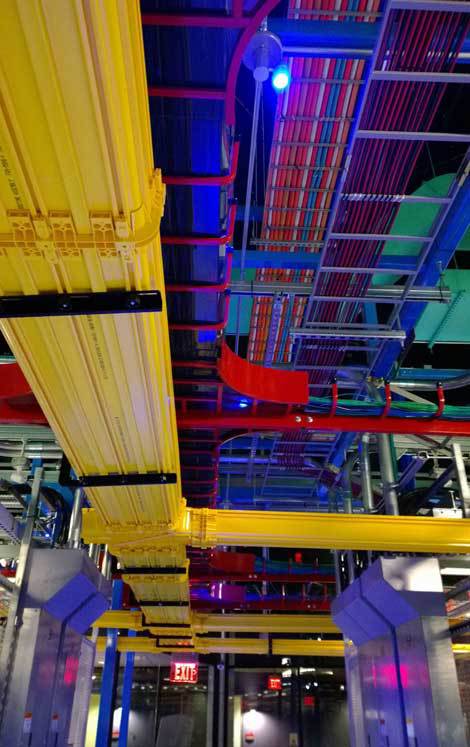
The ceiling height of 12 meters provides a large space for several levels of cable channels, filling the upper part of the data center Equinix, in which there are separate channels for connecting, carrier and power cables.
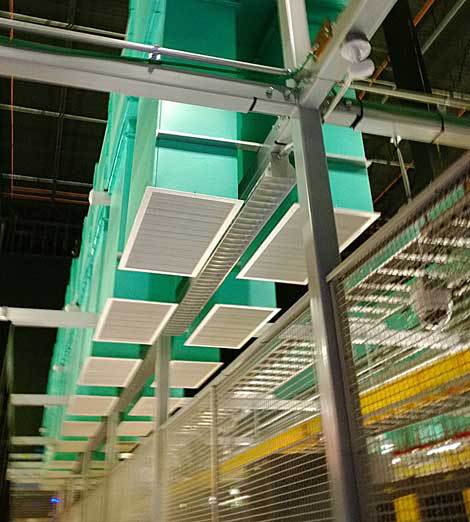
An uninterruptible power supply (UPS) room in the Equinix NY4 data center, powered by a 26 megavolt-ampere substation. The equipment consists of an uninterruptible power supply system with a capacity of 30 megawatts supporting the operation of the computing unit in the event of a power supply system failure.

In the event of a power outage, the NY4’s data center equipment is equipped with these 18 Caterpillar diesel diesel generators with a capacity of 2.5 megawatts each, which together provide 46 megawatts of emergency power, enough to provide full equipment energy, and refrigeration systems and UPS systems . During Hurricane Sandy, these generators kept the equipment running for a whole week.
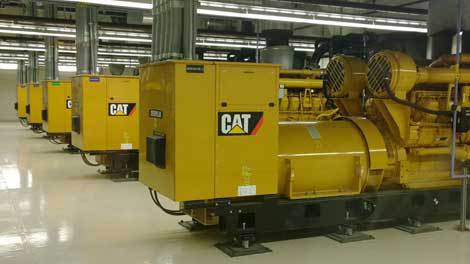
The cooling system in NY4 is equipped with huge pipes, through which chilled water flows to the equipment, as well as to the plate heat exchanger (right), which acts as a refrigerator in the winter and allows you to save energy that would normally be spent on refrigeration plants.

Moscow Exchange, M1 and DataSpace1 data centers
Currently, the largest Russian stock exchange platform offers traders the opportunity to place their equipment in the Moscow data center M1 (address: Varshavskoye Highway, 125).
According to the information provided on the website of the data center operator, it is the largest in the Moscow region - its capacity is 950 server racks. The data center was commissioned in 2006, its total area is 3,850 square meters, of which 2,400 square meters are allocated for server rooms. m (load capacity of 5-8 kW per rack).
To maintain the necessary temperature regime (22 ± 4 degrees) and humidity (45 ± 10%), in the server rooms installed ventilation systems and industrial-type precision air conditioners are installed. Air conditioning components are also reserved under the N + 3 scheme and better. Photo source below: stacktelecom.ru
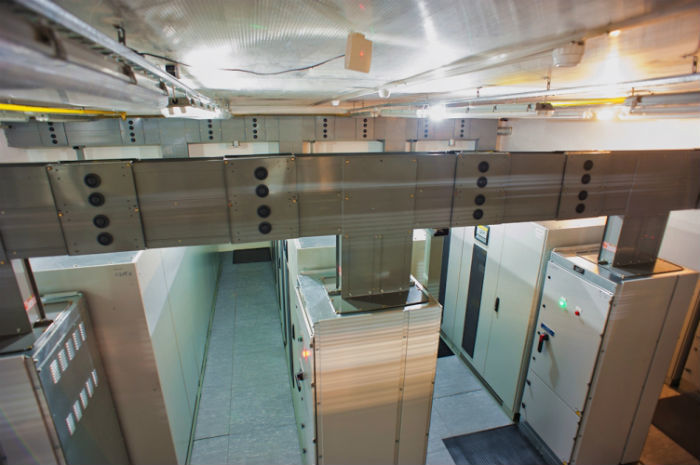
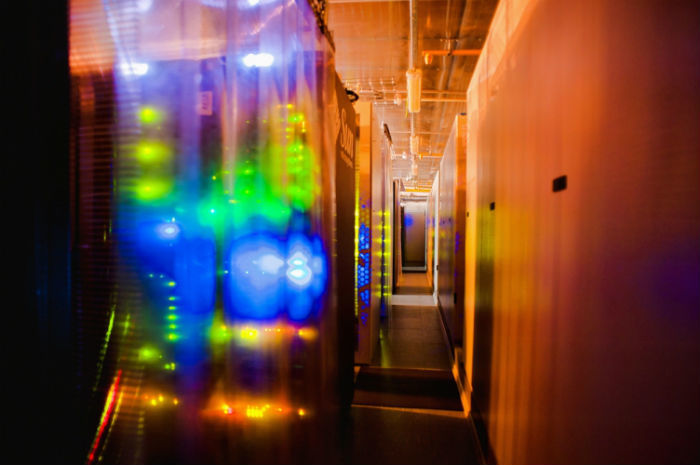
Server racks are located on the principle of hot and cold corridors, closing the latter eliminates mixing of the hot air emitted by the equipment with the cold air coming from the air conditioners.
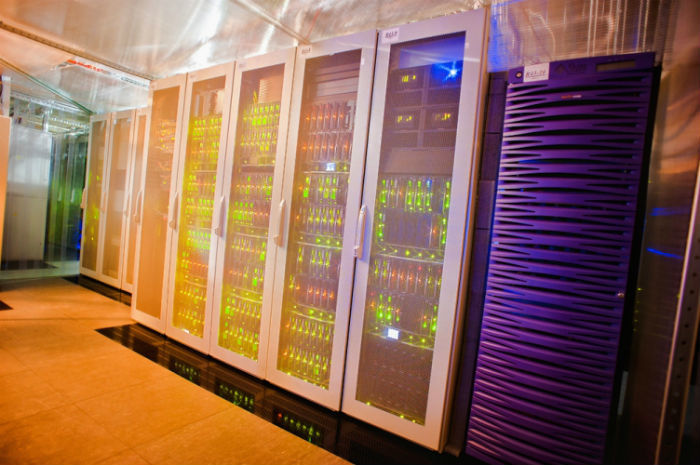
Uninterruptible power supplies are designed for the operation time of all equipment more than is necessary to start diesel generator sets and switch to autonomous power supply of the data center.

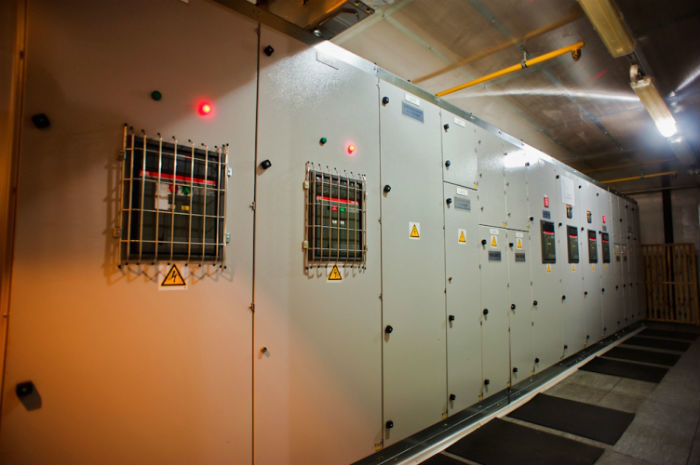
The actual reliability of the data center in the period from 2008 is declared at the level of 100%.
Racks in the M1 data center are not only at the exchange itself, but also at brokerage companies - for example, ITinvest offers the possibility of installing both servers and launching trading systems in specially “raised” virtual machines in their racks.
In 2014, the management of the Moscow Exchange decided to move to the DataSpace1 data center. The data center was commissioned in July 2012. Its total capacity is 1062 stand-places - 12 machine rooms, each with an area of up to 255 square meters. A separate room will be allocated for the collocation of equipment of bidders. Photo source below: dataspace.ru site .
There are 6 independent power supply circuits in the data center, each machine room is supplied with electricity from 2 independent circuits.
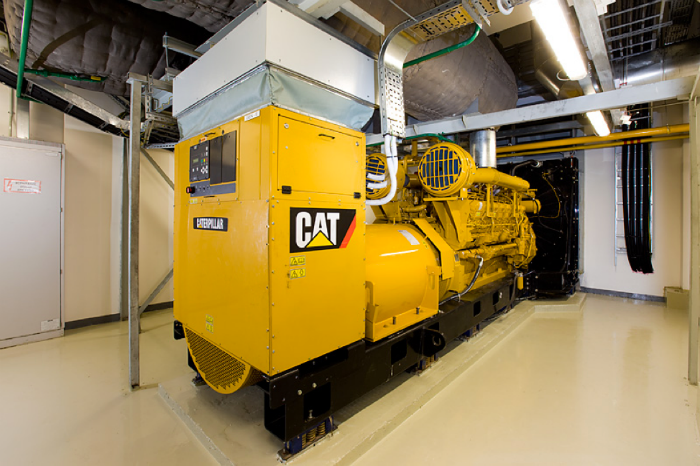
Chillers and dry air coolers are installed according to the N + 1 distributed redundancy scheme, cold air is supplied under the floor.
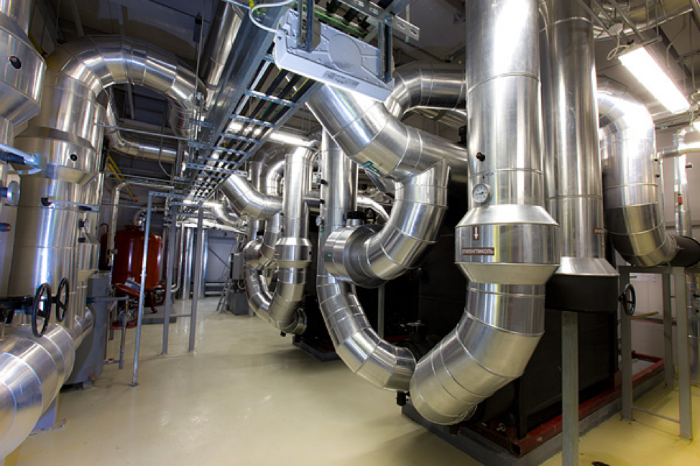
The perimeter of the building and the interior are equipped with an 8-level security system that includes the various components of access control and surveillance.
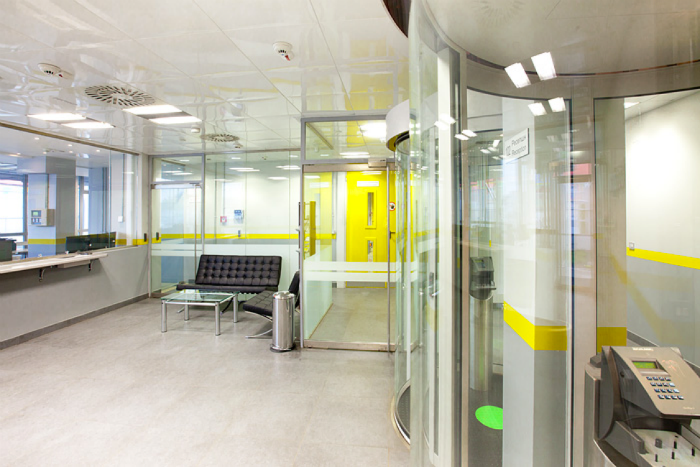
According to the Exchange press release on the move to the new data center, DataSpace1 has certificates of Tier III Design Documentation and Tier III Constructed Facility.
Conclusion
Exchange platforms and HFT-traders pay great attention to building their own trading infrastructure. Today in the stock market, success is often separated from failure by fractions of a second, so software and hardware that provide financial applications should work extremely reliably.
The load level is so great that it is not easy to cope with it - this requires serious investments from the data center service providers. Otherwise, there may be situations like the one that occurred in August 2015 at the CenturyLink data center - during serious market movements, the infrastructure for HFT trading worked in an enhanced mode, which the ventilation system (HVAC) did not cope with.
As a result, many servers are not just overheated, but physically burned:
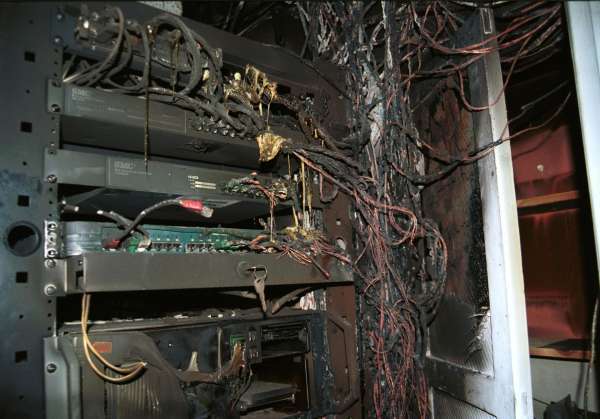
Source: https://habr.com/ru/post/274021/
All Articles